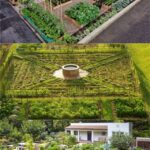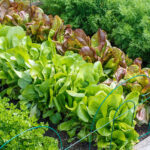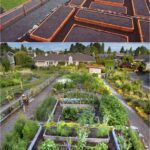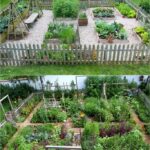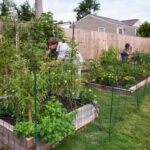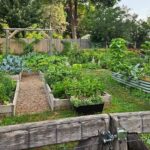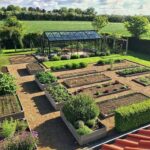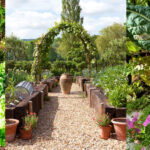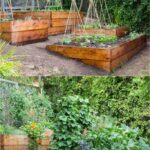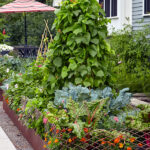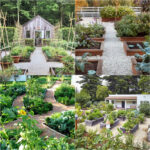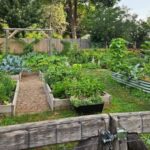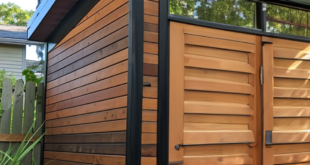Vegetable gardening is a popular hobby for many people who want to enjoy fresh, homegrown produce. However, designing a vegetable garden can be a challenging task for beginners. There are several key factors to consider when planning a vegetable garden layout, including the size of the garden, the types of vegetables you want to grow, and the amount of sunlight the garden will receive.
One of the first things to consider when designing a vegetable garden is the size and shape of the garden plot. Ideally, the garden should be located in an area that receives at least six hours of sunlight per day. The garden should also be easily accessible for watering, weeding, and harvesting. A raised bed garden is a popular option for vegetable gardening, as it allows for better drainage and easier maintenance.
When choosing which vegetables to grow in your garden, consider the climate and soil conditions in your area. Some vegetables, such as tomatoes and peppers, thrive in warm weather, while others, like lettuce and spinach, prefer cooler temperatures. It’s also important to consider the spacing requirements of each vegetable, as some plants need more room to grow than others. Be sure to group vegetables together that have similar spacing requirements to make the most efficient use of space in your garden.
In addition to selecting the right vegetables, consider adding vertical elements to your garden design to maximize space. Trellises, arbors, and stakes can be used to support climbing plants like peas, cucumbers, and beans, allowing them to grow upwards instead of spreading out across the ground. Vertical gardening not only saves space, but it also makes it easier to harvest and maintain the garden.
Another important aspect of vegetable garden design is soil preparation. Before planting, test the soil in your garden to determine its pH level and nutrient content. Adding compost, fertilizer, and other soil amendments can help improve the quality of the soil and provide a healthy environment for your vegetables to grow. Consider rotating crops each season to prevent soil depletion and reduce the risk of disease and pest infestations.
Finally, consider adding pathways, borders, and decorative elements to your vegetable garden to enhance its beauty and functionality. Mulch pathways can help prevent weeds and erosion, while borders can define separate planting beds and add structure to the garden. Consider adding flowers, herbs, or ornamental plants to attract pollinators and beneficial insects to your garden. By carefully planning and designing your vegetable garden, you can create a beautiful and productive space to enjoy fresh, homegrown produce.

